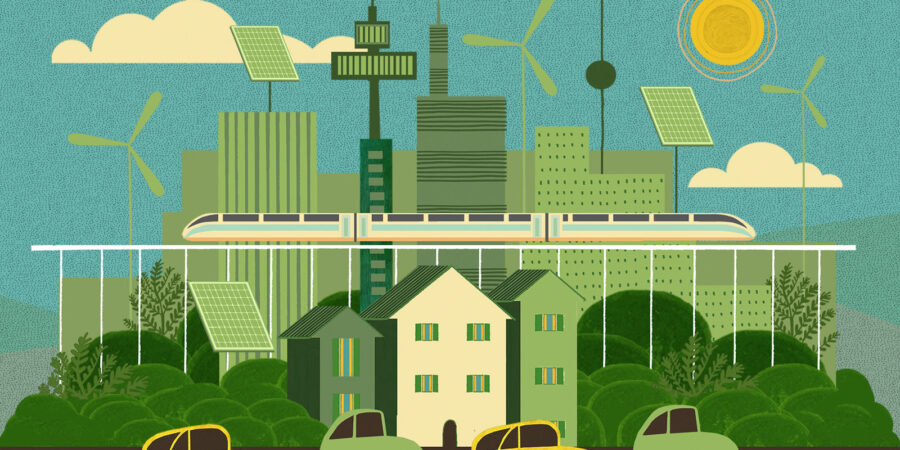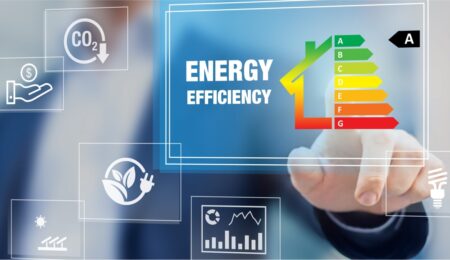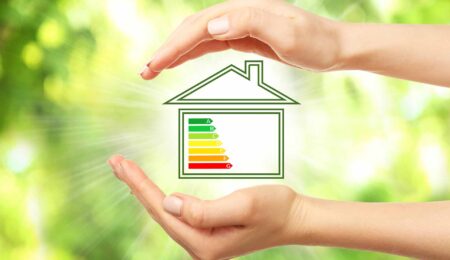Living an energy-savvy lifestyle not only benefits your wallet but also contributes to a healthier planet. By adopting practices that lower your home’s carbon footprint, you can make a significant impact on environmental sustainability. In this guide, we’ll explore pro tips for energy-savvy living, helping you reduce energy consumption and live a more eco-friendly life. From simple daily habits to strategic home upgrades, let’s embark on a journey towards a lower carbon footprint.
1. Harness the Power of Natural Light
Maximize the use of natural light in your home to reduce reliance on artificial lighting. Keep curtains open during the day, strategically place mirrors to reflect light, and consider using lighter window treatments. This energy-savvy practice not only lowers your electricity usage but also creates a brighter and more inviting living space.
2. Unplug Chargers and Electronics
Make it a habit to unplug chargers and electronics when they’re not in use. Even when turned off, many devices continue to draw a small amount of power. Unplugging not only saves energy but also prevents unnecessary standby power consumption. Consider using smart power strips to make this process more convenient.
3. Optimize Heating and Cooling
Efficient heating and cooling contribute significantly to energy-savvy living. Set your thermostat to a comfortable yet energy-efficient temperature. Use ceiling fans to enhance airflow and distribute heated or cooled air more effectively. Regularly service your HVAC system, clean or replace filters, and ensure your home is well-insulated to minimize energy waste.
4. Upgrade to Energy-Efficient Appliances
When replacing appliances, opt for energy-efficient models with the ENERGY STAR label. These appliances adhere to strict energy efficiency guidelines, providing long-term savings on both energy consumption and utility bills. From refrigerators and dishwashers to washing machines, investing in energy-efficient appliances is a pro move for energy-savvy living.
5. Conduct a Home Energy Audit
A home energy audit is a pro-level strategy for identifying specific areas where your home can become more energy-efficient. Professionals can assess insulation, detect air leaks, and evaluate the efficiency of your heating and cooling systems. Armed with this knowledge, you can prioritize improvements and make informed decisions to lower your home’s energy footprint.
6. Embrace Smart Home Technology
Integrate smart home technology to take energy-savvy living to the next level. Smart thermostats, lighting systems, and energy-monitoring devices offer real-time insights into your energy consumption. Create automated schedules, control devices remotely, and receive alerts about potential energy wastage. Smart technology empowers you to actively manage and reduce your environmental impact.
7. Invest in Renewable Energy
If feasible, consider investing in renewable energy sources such as solar panels. While the initial cost may be significant, the long-term benefits include clean and sustainable power generation, reduced reliance on the grid, and potential savings on electricity bills. Governments often provide incentives and rebates to encourage the adoption of renewable energy solutions.
8. Practice Water Conservation
Water conservation is a pro-tip that extends beyond electricity to overall resource efficiency. Fix leaks promptly, install water-saving faucets and showerheads, and consider capturing rainwater for outdoor use. By reducing water consumption, you indirectly lower the energy required for water treatment and distribution, contributing to energy-savvy living.
Conclusion: A Pro-Level Commitment to Sustainability
Energy-savvy living is more than just a set of practices; it’s a commitment to sustainability and environmental responsibility. By incorporating these pro tips into your daily life and considering strategic upgrades, you elevate your commitment to lowering your home’s carbon footprint. Embrace the challenge of energy-savvy living and lead the way towards a more sustainable and eco-friendly future.





Leave a Reply